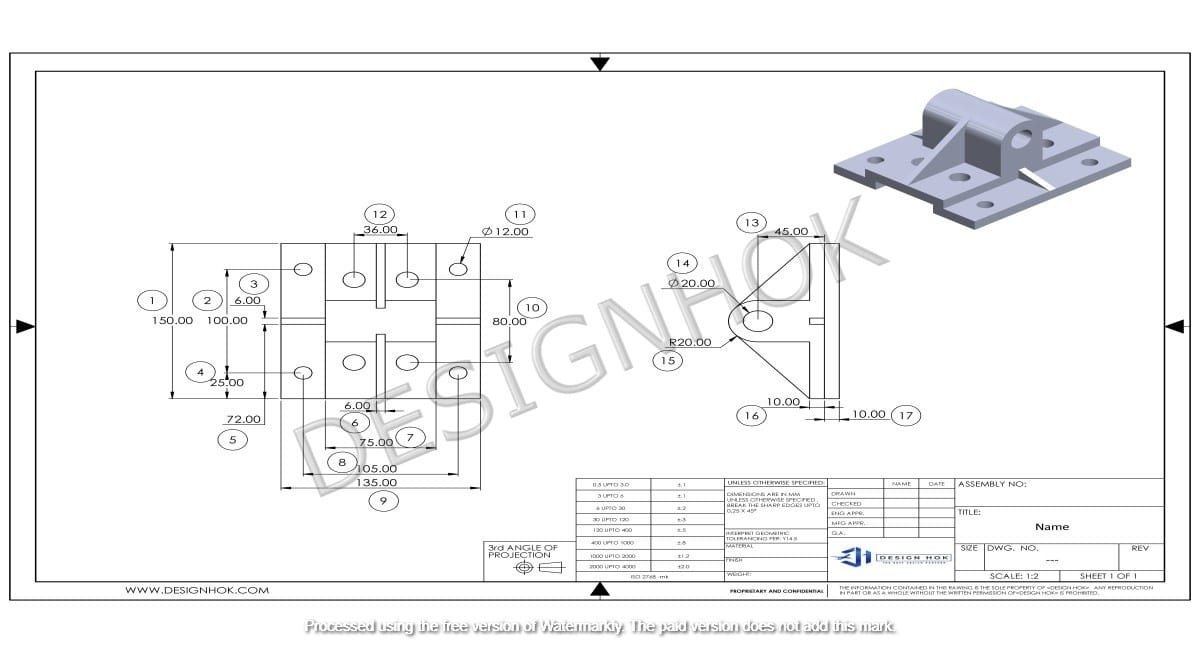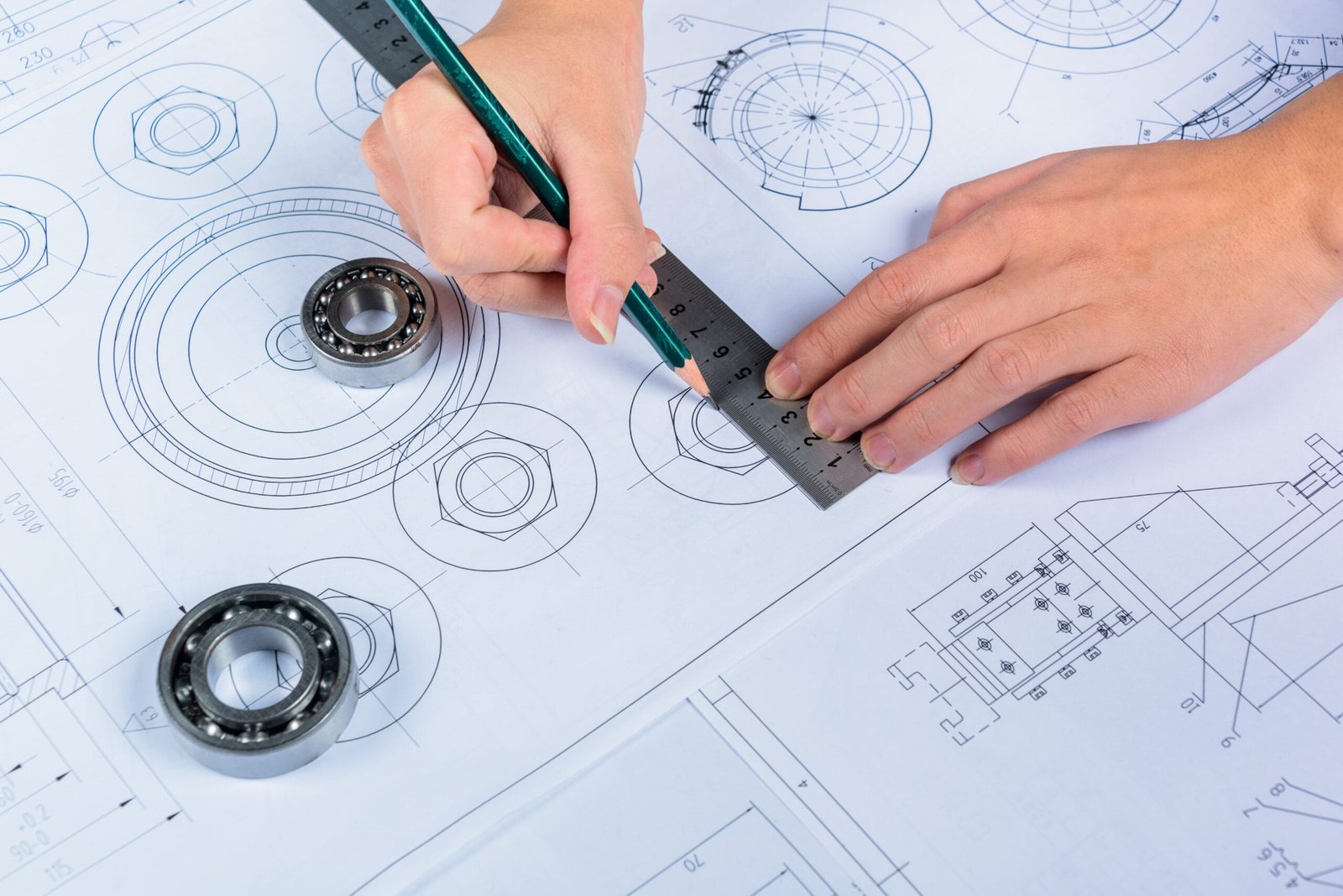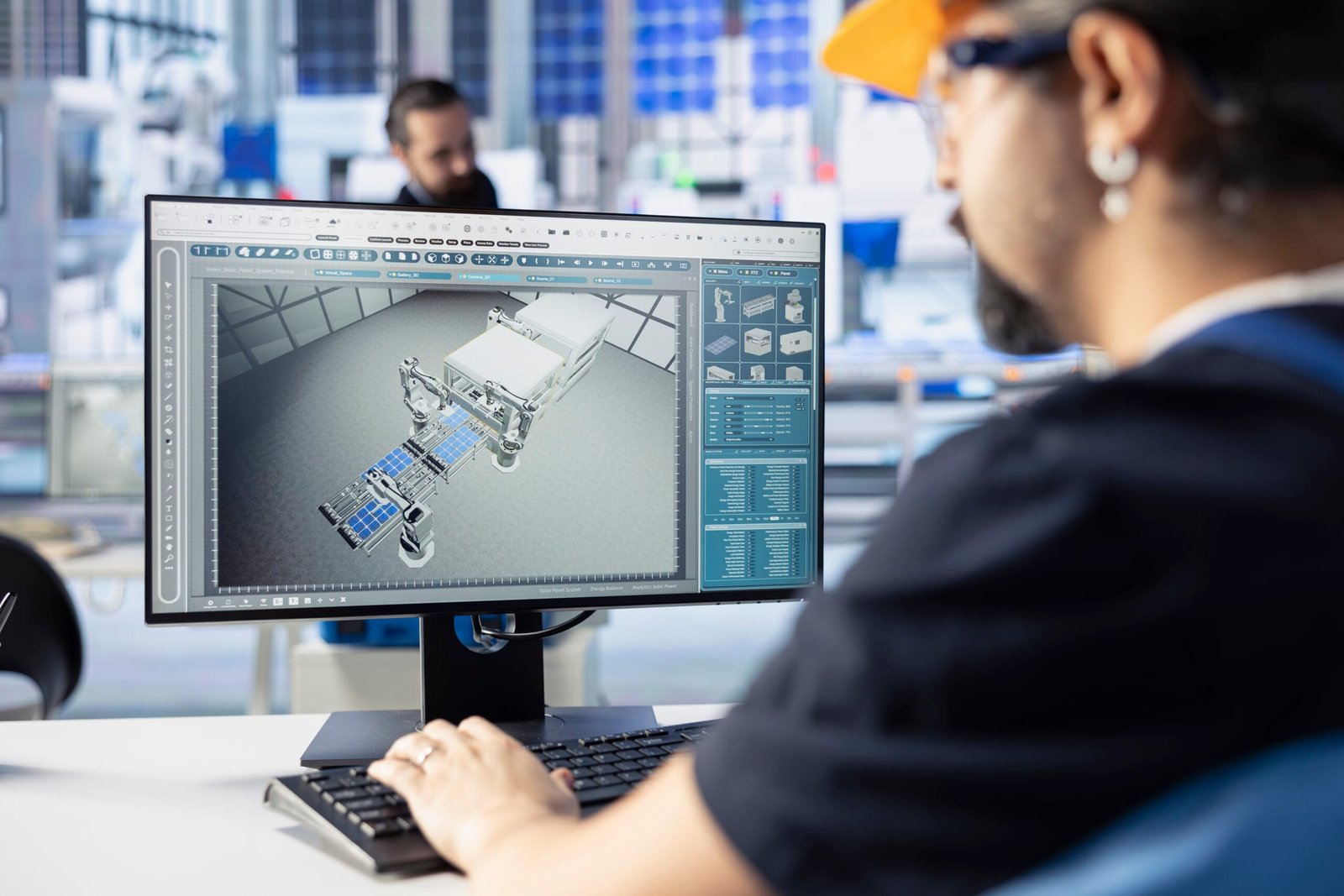Description:
This blog explores the importance of AS 9100 Design Standards and how DesignHok integrates them into its engineering processes. Learn how compliance boosts quality, trust, and innovation in aerospace and mechanical design.
Introduction to AS 9100: What It Means for Design and Engineering
In the world of aerospace engineering and mechanical design, precision, reliability, and safety are not just goals—they are requirements. That’s where AS 9100 comes into play. AS 9100 is a globally recognized quality management system (QMS) specifically developed for the aerospace, aviation, and defense industries. Based on the ISO 9001 standard, AS 9100 Design Standards adds additional requirements tailored to the unique needs of aerospace manufacturing and design.
At AS 9100 Design Standards for DesignHok, we recognize the critical importance of adhering to international standards, especially when working on complex mechanical and aerospace design projects. By aligning our design practices with the AS 9100 Design Standards, we ensure that our clients receive products that meet the highest levels of quality, safety, and performance.
What is AS 9100 Design Standards for DesignHok?
AS 9100 is an aerospace-specific QMS standard developed by the International Aerospace Quality Group (IAQG). It incorporates all the core requirements of ISO 9001 but extends its focus to include:
- Risk management
- Configuration management
- Product safety
- Counterfeit part prevention
- Special requirements and critical items identification
AS 9100 Design Standards for DesignHok is required by many aerospace manufacturers and suppliers and is considered the benchmark for quality and process consistency in the aerospace industry. For design firms like DesignHok, adopting this standard enhances our credibility and competitive edge.
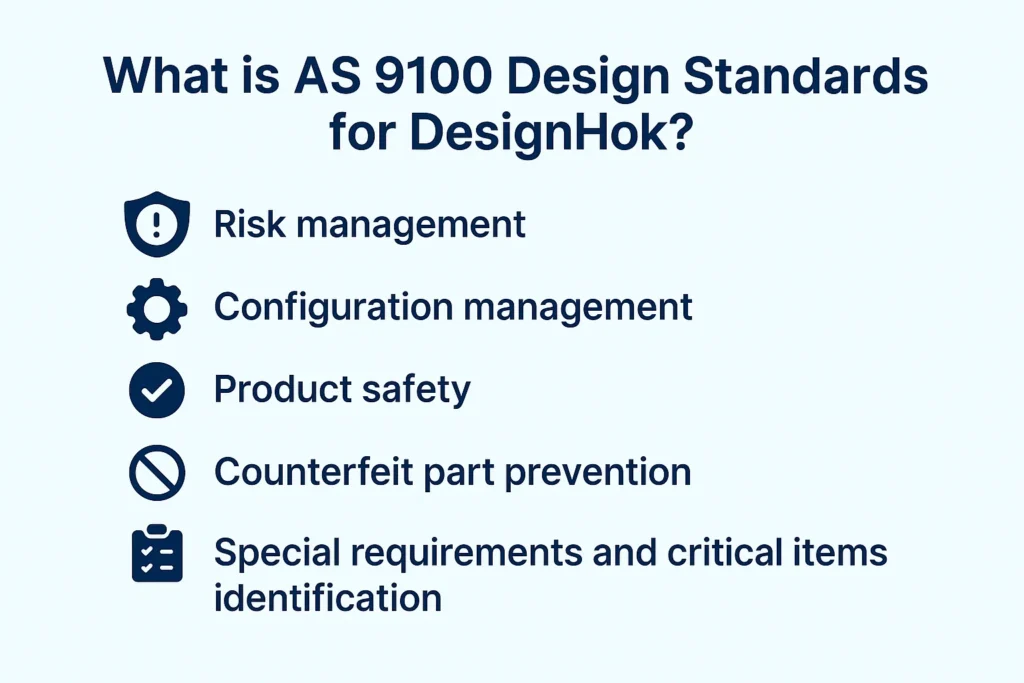
Why AS 9100 Design Standards for DesignHok
As a company offering mechanical design, 2D drafting, 3D modeling, and rendering services, DesignHok works with clients in aerospace, automotive, manufacturing, and industrial sectors. Meeting AS 9100 Design Standards for DesignHok ensures we:
- Deliver consistent, high-quality results
- Reduce errors and rework
- Comply with global aerospace regulations
- Improve design traceability and configuration control
- Ensure client satisfaction and confidence
Our commitment to AS 9100 Design Standards reflects our dedication to providing best-in-class services that meet the most stringent requirements in the engineering world.
Key Elements of AS 9100 Design Standards Applied at DesignHok
1. Design and Development Planning
AS 9100 Design Standards for DesignHok uses a systematic planning process for all aerospace projects. Under AS 9100 Design Standards, we define the stages of design, review responsibilities, and verification and validation activities. This ensures clarity from the start and reduces the chance of oversight in the development process.
2. Risk Management
In AS 9100, risk management is essential. At DesignHok, every aerospace design undergoes thorough risk analysis to identify potential issues in early phases. From design flaws to material selection, we assess and mitigate risks, ensuring reliability and compliance.
3. Configuration Management
To meet AS 9100, DesignHok maintains strict configuration management practices. We keep track of design changes, documentation revisions, and version control throughout the product lifecycle. This ensures that every stakeholder works with the correct design information.
4. Verification and Validation
We incorporate comprehensive verification (ensuring the design meets specifications) and validation (ensuring it meets intended use) steps. Using simulation tools and peer reviews, we validate concepts before moving into prototyping or production, aligning with AS 9100 Design Standards for DesignHok
5. Product Safety and Compliance
AS 9100 Design Standards for DesignHok places emphasis on safety, and at AS 9100 Design Standards for DesignHok, safety is a core part of our design process. We ensure compliance with applicable legal and regulatory requirements. Our teams are trained to identify safety-critical components and address failure scenarios in the design phase.
6. Supplier and Material Control
AS 9100 Design Standards for DesignHok partners with certified suppliers and uses only approved materials for aerospace design. Our selection criteria and ongoing supplier evaluation processes align with AS 9100 guidelines, ensuring reliability and traceability throughout the supply chain.
Benefits of AS 9100 Design Standards for DesignHok Certification for Our Clients
While AS 9100 Design Standards for DesignHok itself may not be a manufacturer, adopting AS 9100 standards gives our clients a major advantage:
- Reduced Design Errors: More accurate documentation and traceability reduce costly design mistakes.
- Faster Time to Market: Efficient planning and testing mean fewer delays.
- Higher Quality Assurance: Designs comply with global standards for aerospace safety and quality.
- Stronger Reputation: Clients gain confidence knowing their projects are handled by a team that values precision and compliance.
How DesignHok Integrates AS 9100 Design Standards for DesignHok into Its Workflow
At DesignHok, we don’t treat standards as an afterthought—they’re built into the DNA of our workflow. Here’s how we integrate AS 9100 Design Standards principles:
- Every project starts with a design review and risk assessment.
- All drawings and models are developed with change control systems and version management.
- Our QA team conducts periodic internal audits to identify improvement areas.
- We maintain open communication with clients and stakeholders for feedback and continual improvement.
- Our designers are regularly trained on the latest AS 9100 updates and design tools.
This ensures that each mechanical or aerospace design project reflects the highest level of technical excellence and quality assurance.
Industries We Serve with AS 9100 Design Standards for DesignHok-Aligned Design
DesignHok provides design services that comply with AS 9100 Design Standards for clients across multiple sectors:
- Aerospace and Aviation: Component design, systems integration, structural layout
- Defense: High-reliability design systems with secure documentation
- Automotive: Lightweight, performance-critical part modeling
- Industrial Machinery: Systems built for heavy-duty operations with precise tolerances
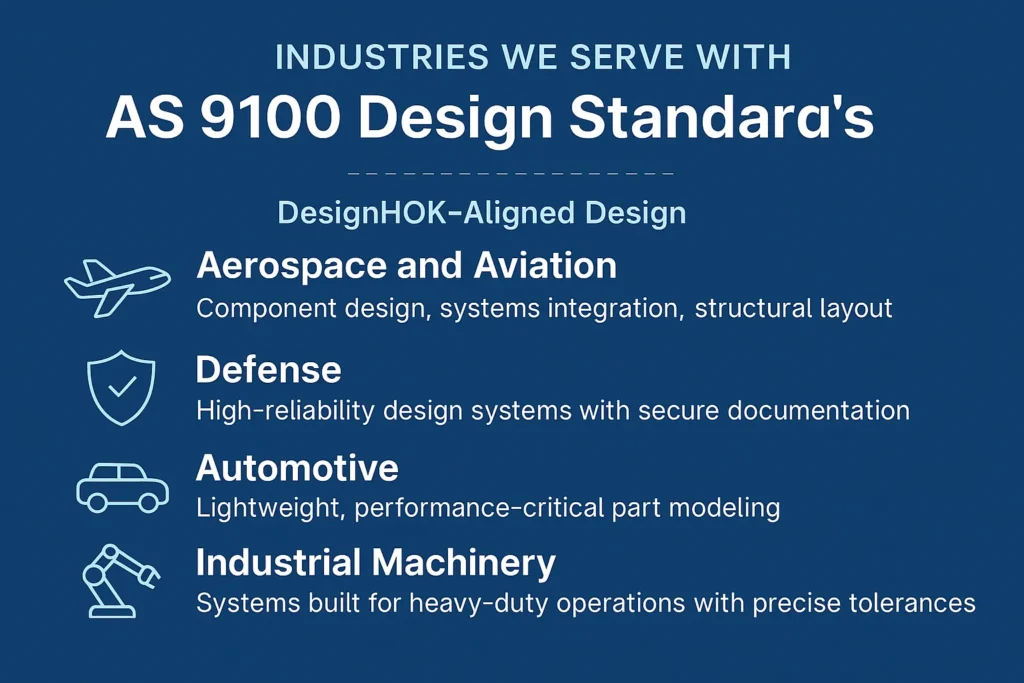
Conclusion: Why Choose DesignHok for AS 9100-Compliant Design?
In today’s competitive aerospace and mechanical design environment, standards are not optional—they’re essential. At AS 9100 Design Standards for DesignHok, we understand the importance of following AS 9100 and embedding its principles into our workflow. Whether you’re looking for advanced 3D modeling, precise mechanical drafting, or full-scale engineering design support, our team delivers work that meets and exceeds expectations.
Our dedication to AS 9100 Design Standards for DesignHok ensures safety, performance, and quality in every project we touch.
FAQs
Q1: Is DesignHok AS 9100 certified?
DesignHok follows AS 9100 design principles in all aerospace-related projects, aligning our processes with the standard even if formal certification is not held. This ensures compliance and top-tier design quality.
Q2: What’s the difference between ISO 9001 and AS 9100?
AS 9100 includes all ISO 9001 requirements but adds aerospace-specific standards such as product safety, risk management, and counterfeit part control.
Q3: Can DesignHok work with aerospace manufacturers?
Yes, DesignHok regularly works with aerospace and defense clients, providing AS 9100-compliant designs ready for certification, manufacturing, or testing.
Q4: How does AS 9100 improve design quality?
By emphasizing traceability, risk analysis, verification, and configuration management, AS 9100 helps ensure designs are accurate, safe, and meet functional requirements.
Q5: Does AS 9100 apply to 3D modeling and CAD design?
Absolutely. Any design work, including 3D CAD modeling and drafting, must meet the quality and process requirements set by AS 9100 when used in aerospace and defense sectors.

